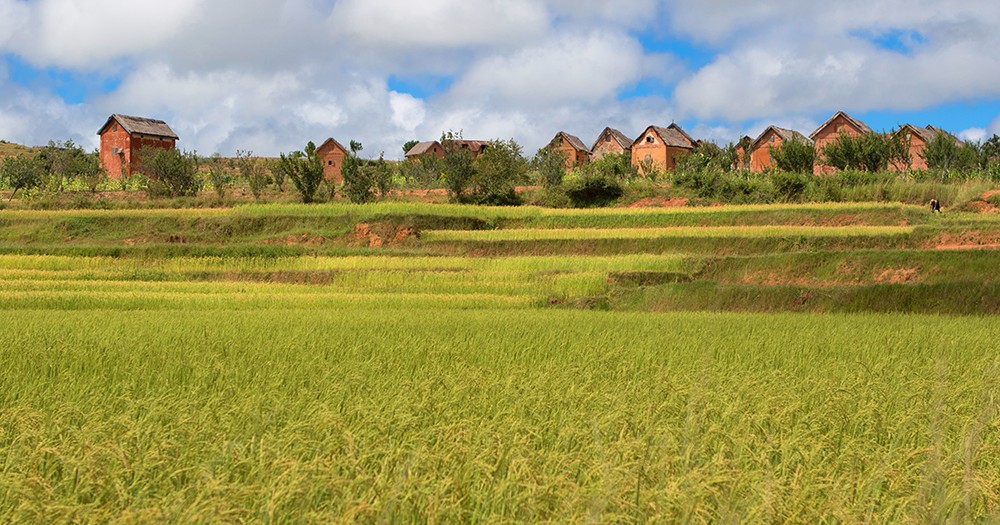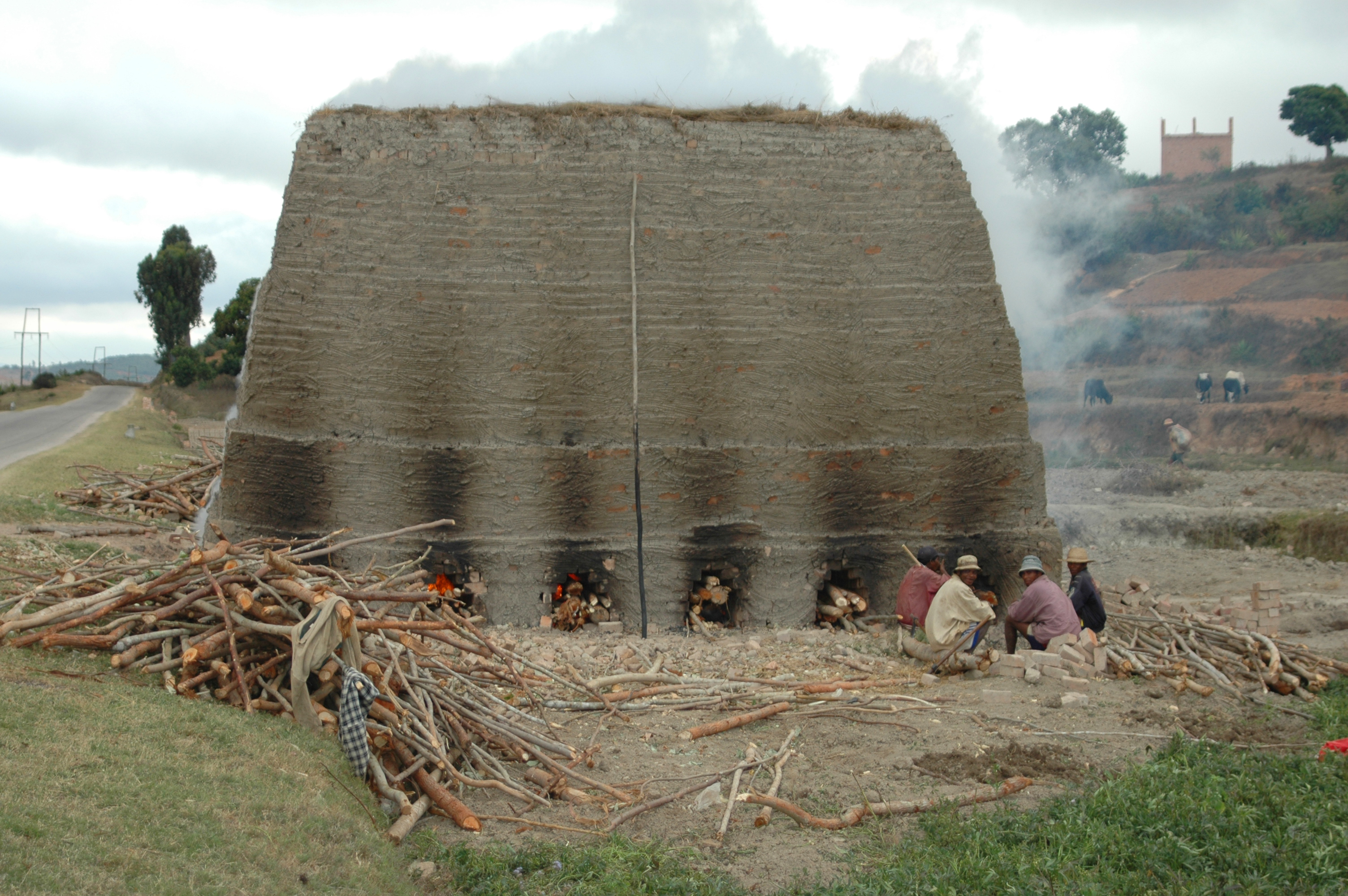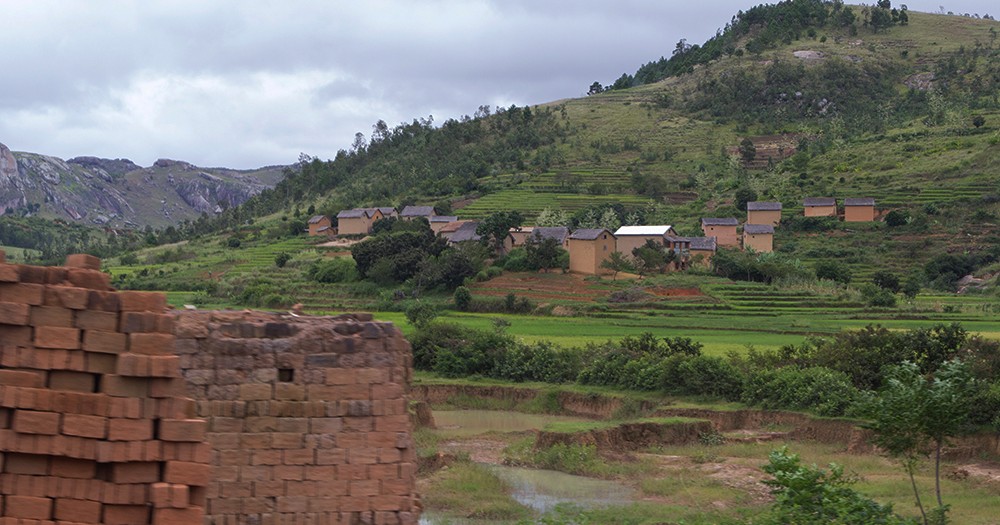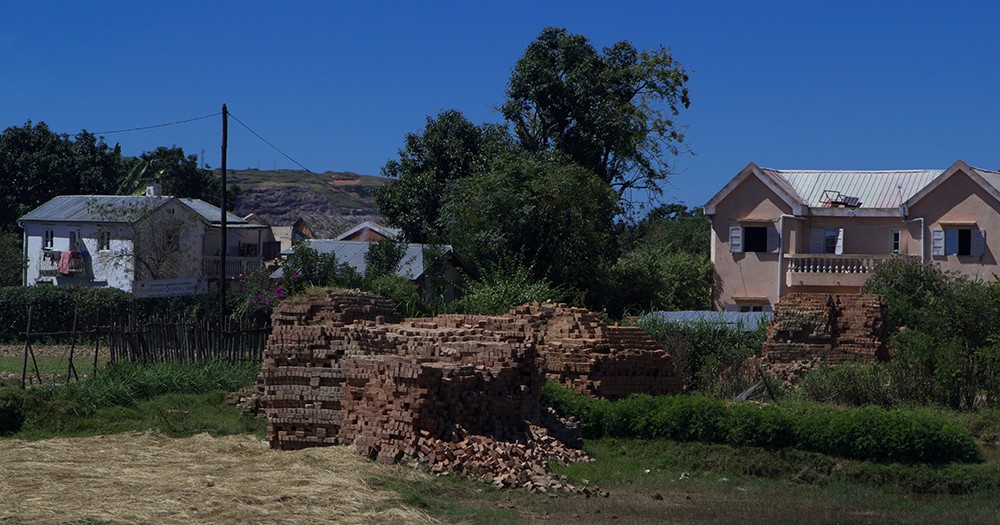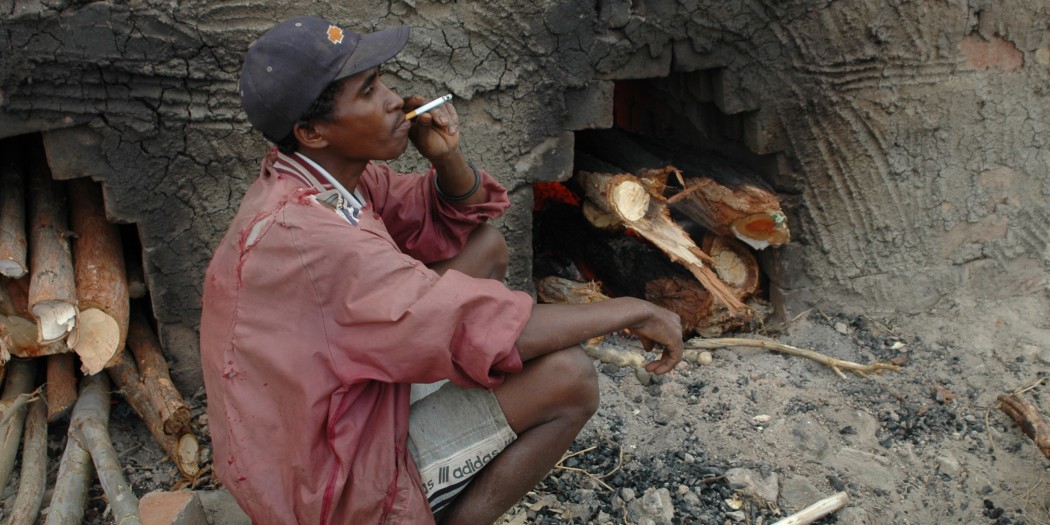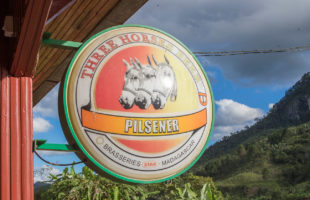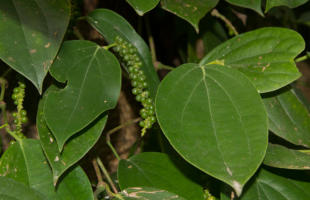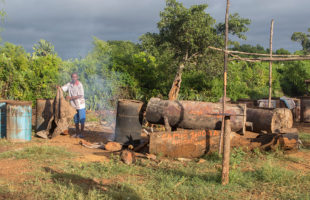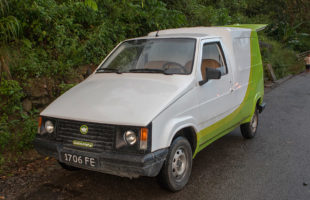A two-storey red brick house with wooden doors and unglazed windows: a perfectly common sight in the central highlands of Madagascar. Almost all houses between the many yellow shining rice fields are built of red bricks and plastered with clay.
With the Europeans also the knowledge about the production of bricks came to Madagascar in the 19th century. It is now attributed to the English missionary James Cameron and the French entrepreneur Jean Laborde that brick manufacturies were so widespread. Since then hardly anything has changed on the island in the work with clay and loam. Today, whole families still live on this craft.
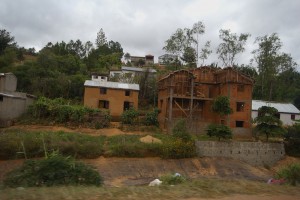
In the dry season from May to October, the dikes around the many rice fields in the highlands are converted into brick factories: The clayey and laterite soil is collected from the rice fields and dragged in buckets onto dry soil. Mixed with river water, this results in a kind of malleable clay. A self-built wooden grille serves as a fit, into which the clay is pressed and tapped. The bricks are then spread out neatly one beside the other on the dry grass, the sun dries everything. Very few craftsmen who can afford a little more have an old small machine that is a little easier to work with.
The dried brick precursors are then stacked up to hundreds and thousands on top of each other. This step alone takes a good month. The huge brick stacks form stoves, with holes in the middle and in the bottom for firewood. Outside the bricks are covered with clay to keep the heat inside. This technique allows tens of thousands of bricks to be baked simultaneously. However, many years of experience are required for the correct firing temperature, otherwise the bricks will shatter and the weeks of work will be in vain. If you want to make sure everything goes well, place a kady, a handful of certain herbs, on top of the brick mountain, and sacrifice some pepper and rum to please the ancestors.
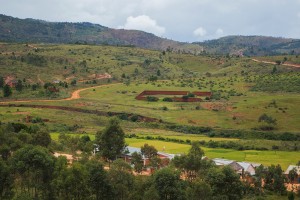
The men who take care of this craft are called mpanao briky, simply brick workers in English. Women are not found in this trade in Madagascar, it is fady (taboo, forbidden) to have them around while baking bricks. An experienced mpanao briky can form 200 to 400 bricks per day. For one brick you get about 15 Ariary, that is less than 1 Cent – 100 bricks cost about 50 Cent. The low price is explained by the low income of most of the population and the importance of the family in Madagascar. If you have a big family, you also want to build a house for your loved ones. Nevertheless, a house can only be built by those with enough money – the brick house is still a symbol of prosperity.
If you buy a piece of land in Madagascar for the future family house, there is usually no money left for building the house. In the meantime, until enough money is available again, a wall is built around the land as soon as possible after the purchase so no one else builds on the purchased land or even turns it into arable land. And this wall is, how could it be otherwise, almost always made of bricks. Depending on the financial situation of the property owner, it can happen that over years only a naked brick wall adorns an entire property before the first sod is turned for a house.
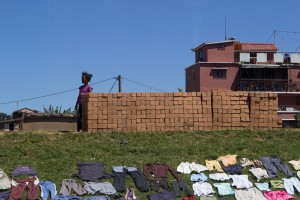
Of course, brick production also has disadvantages: it has played a major role in the deforestation of the entire rainforests of the central highlands over the last 200 years. Where once there were dense forests, today there is a yawning emptiness. And a lot of rice fields. The wood was needed, because somehow the brick stoves have to be fired up. If you take too much of the loamy soil from the ground, no more rice can be planted on it, the soil becomes useless and lies fallow. In addition, the quality of hand-made bricks is often questionable. This contrasts with the simple construction of a house and the relatively low costs of a brick house. The natural material also keeps the heat in the house in the colder dry season and insulates against the piercing sun in warmer rainy season. And it is not harmful to the inhabitants – asbestos problems, for example, are not known in Madagascar.
It’s a tough job that doesn’t make a lot of money. But the workers take care of the most important thing in the life of a Madagascan and many other people in the world: for a home and one’s own family.
 MADAMAGAZINE Your Magazine about Madagascar
MADAMAGAZINE Your Magazine about Madagascar
